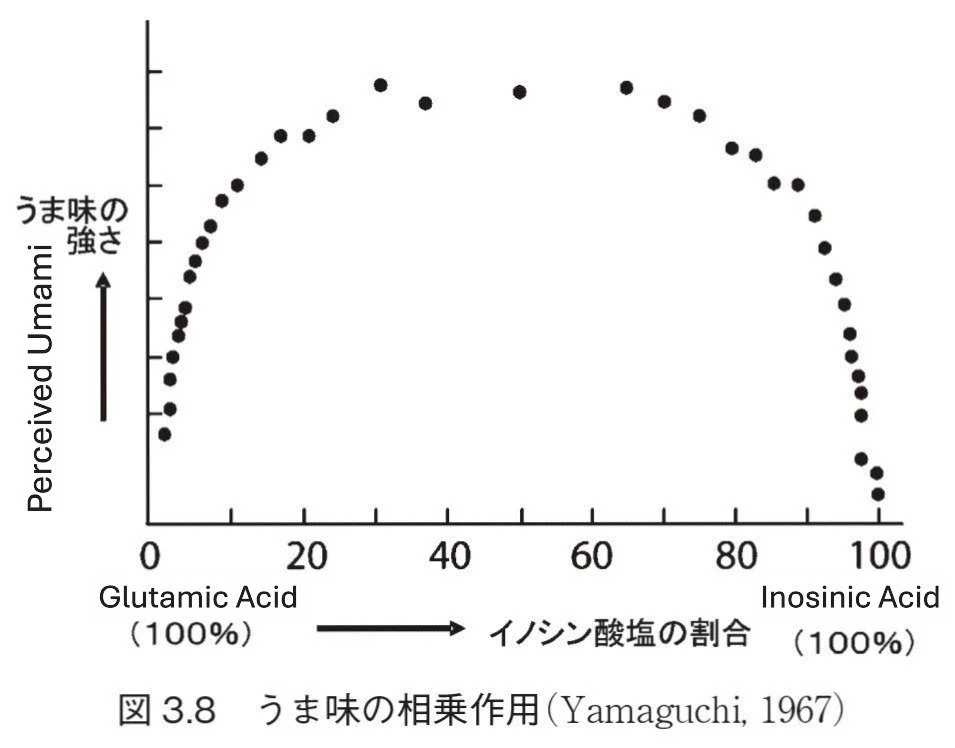All About Dashiwari
Dashiwari is a classic drink in Japan made by mixing dashi and sake together. This has a synergistic effect - the amino acids, or umami, in each amplify and layer upon the other. The result is a more complex, deeply rich and umami-filled beverage that pairs beautifully with food.
Dashi
Dashi is central to Japanese cuisine. Although a general term for all sorts of broths, the most common variety is made from kombu (a type of seaweed) and katsuobushi (preserved, dried, fermented tuna). It serves as the basis for miso soup, simmered dishes and clear broths, and is added in small amounts to many other dishes as a flavor enhancer.
The kombu is extremely rich in glutamic acid - amino acids that form the basis of what we call umami. It’s what gives mushrooms, soy sauce, and cheese its rich fullness and savory quality that is extremely satisfying and satiating.
The katsuobushi is rich in a different amino acid - inosinic acid. This is the type of umami that’s present in meat, fish, and seafood.
Together, they contribute richness, umami, and complexity by layering different amino acids on top of each other.
Sake
For dashiwari, you want a sake that has its own umami to compliment the dashi’s amino acids. Ricey, umami-forward junmais are a great pick. Choosing one that’s a yamahai or a kimoto is even better, leading to deeper complexity. These are especially great in the sake-heavy ratios.
Alternatively, you can use a very clear, crisp tanrei karakuchi-like sake. This is a great pick if you want to highlight the dashi yet brighten it up. These are a perfect choice for the dashi-heavy ratios.
Ratios
So, how much dashi to add to your sake? Here are a few guidelines below, depending on what you’re aiming for:
2 Parts Dashi to 1 Part Sake
This is the traditional ratio, and results in a very dashi-heavy beverage - it drinks more like a soup than sake. The sake cleans up and brightens the dashi, but the flavor contribution is mainly still dashi. This is great if you’re aiming to serve a dashi-like drink to accompany certain foods, or want to lighten up your dashi a bit.
Equal Parts Dashi and Sake
A middle ground between sake and dashi - it’s hard to say which has more sway. This can be an odd ratio for that reason - it’s a pure mix instead of one part complimenting the other. Overall you’re still getting a very strong flavor contribution from the dashi, but with more sake starting to come through to balance it out.
1 Part Dashi to 2 Parts Sake
This starts to get into more of a sake than a broth. The sake is the main flavor contributor, but you can still taste the dashi components as well. It’s clearly dashiwari but focused on the sake.
1 Part Dashi to 3 Parts Sake
Now the drink has become mostly sake with just a touch of added umami and complexity from the dashi. Instead of having a strong flavor contribution from the dashi, it mostly adds the extra umami depth and complexity to compliment the base sake flavors.
Why Dashiwari?
Combining dashi and sake has a synergistic and complimentary effect on the resulting drink. As mentioned, dashi primarily contains glutamic and inosinic acids, both contributing to a rich umami taste. Sake, on the other hand, contains over 20 different amino acids, the most prominent of which is typically alanine, contributing a sweet flavor. Sake also contains a lot of glutamic acid.
The mix of amino acids therefore both enhances and magnifies the umami of the drink as well as making it more complex. When different types of amino acids are present, the overall sense of umami is heightened, as opposed to a greater amount of a single type.
Further, having a wide variety of amino acids adds complexity and depth to the drink. The various amino acids will taste different, creating layers of flavor instead of a simple one-note umami.
What serving temperature?
Typically, dashiwari is served warm. The dashi and sake are combined in a chirori and heated gently, usually to around “nurukan” temperatures, or 40C/104F. This further enhances the umami:
This falls in line with the traditional ratio (1 sake : 2 dashi), treating it more as a soup than a typical sake. It works well to enhance that brothy quality.
However, dashiwari can also be served cold. Although it may mute the umami sensation, this can treat it more as a traditional sake instead of a broth and therefore goes well with the more sake-heavy ratios (2 or 3 sake : 1 dashi)
The added dashi just adds a bit of complexity while still being treated like a glass of sake.


